NHS Scotland learning disability employment: tools and guidance - easy read version
Easy read version of tools and guidance to support NHS Scotland to increase the number of the people employed with learning disabilities.
2. Creating an Accessible Organisation
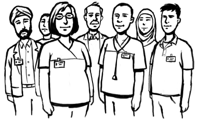
Employing people with learning disabilities will help to create a more accessible organisation.
Thinking about hiring people with learning disabilities gives an organisation the chance to look at how the organisation is run.
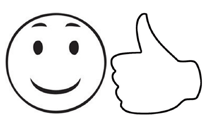
Organisations with a diverse workplace see positive effects in the whole organisation.
Reasonable Adjustments
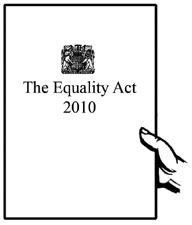
The Equality Act 2010 says that all employers have to make 'reasonable adjustments' if employers need them. This is to make sure that that all disabled workers, including people with learning disabilities, are not disadvantaged when doing their jobs.
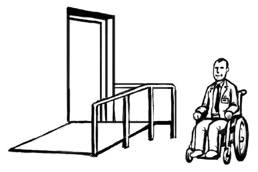
Reasonable adjustments might include equipment and changes to the place where the person works. They might also include changes to how work is done and the times worked.
It is very important not to think you know best about a person's ability to do a job.
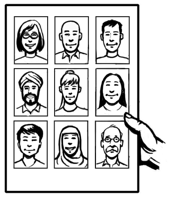
Everyone is different, which means that not everyone will need the same adjustments. Adjustments should be looked at regularly to make sure they are working properly.
Changing the way things are done
Changing the way things are done can make it more accessible for a disabled worker.
For example, changing the way training is given could make a real difference for an employee with a learning disability.
Outside Support
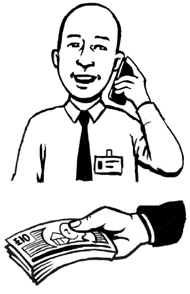
Some employers think that employing people with a disability will cost a lot of money and need a lot of work when reasonable adjustments will need to be made. But there is a lot of support available to employers. The UK Government Access to Work scheme can help pay for reasonable adjustments.
Inclusive Communication
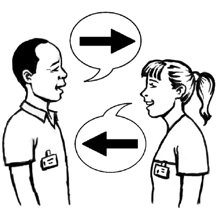
Everyone needs to communicate to take part in daily life, whether at home, school, work or going to a café. Some people face barriers in doing this because other people:
- do not know how they communicate
- do not know how best to support them.
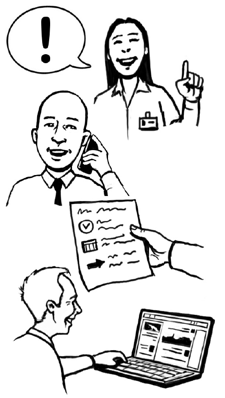
Inclusive communication includes spoken language, written language and all kinds of non-verbal communication. It can be face to face or by telephone, written information or online. Inclusive communication gives people equal access to the services and care they need, as well as taking part and enjoying social activities.
Organisations should think about how to support staff to communicate in ways which are more accessible and inclusive. This will support colleagues with learning disabilities.
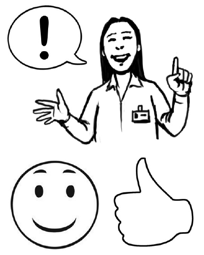
Some general tips when communicating either verbally or through written means include:
- use plain English
- do not use special words or 'jargon'
- use clear, short sentences.
Face-to-face Communication
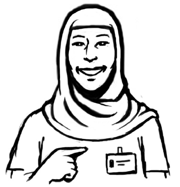
Here are some 'top tips' for good face-to-face communication with people with learning disabilities:
- say who you are clearly - explain who you are and what you do
- find a good place to talk, away from noise and distractions if possible
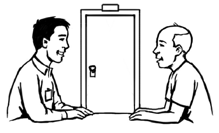
- speak clearly and maybe a little slower than usual, but do not shout
- use your hands and face to support what you are saying
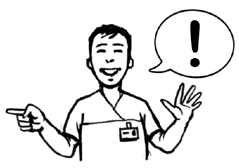
- if necessary, repeat what you say, say it in a different way or use simpler words or phrases
- check if the person has understood what you are saying - look at their face to see if they are confused, and ask if they have understood
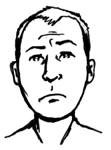
- tell people it is OK to ask questions if they need to know more - ask if they would like anything in writing as a reminder or reference
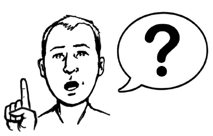
- try different ways of getting your point across, for example writing things down, drawing or using symbols or objects to support your point.
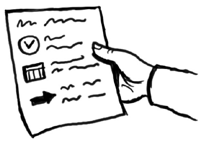
Written and Printed Communication
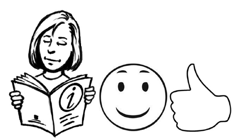
It is important to make sure that written or printed communication is accessible. Some 'top tips' for accessible printed communication are:
- do not use a font size smaller than 14 point
- use a clear, simple font like Arial
- align text to the left margin and avoid 'justifying' text
- make sure there is plenty of 'white space' on documents, especially between sections and avoid 'squashing' text onto a page; if possible, include a double-space between paragraphs
- print on matt, not shiny, paper
- use page numbers
- if printing double-sided make sure that the paper is thick enough so that text does not show through from the other side
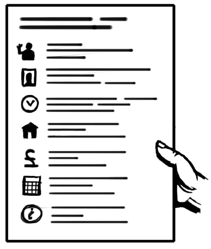
Think about making all letters and documents easier to read.
Many people with a learning disability will need written information in 'easy read' format. 'Easy read' refers to information which is written using simpler words and phrases, supported by images, symbols or photographs.
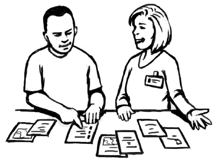
It is a good idea to involve people with learning disabilities in the development of easy read documents.
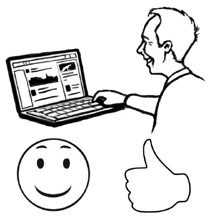
Organisations should make sure that their internet sites are accessible.
Contact
Email: emma.weedon@gov.scot
There is a problem
Thanks for your feedback